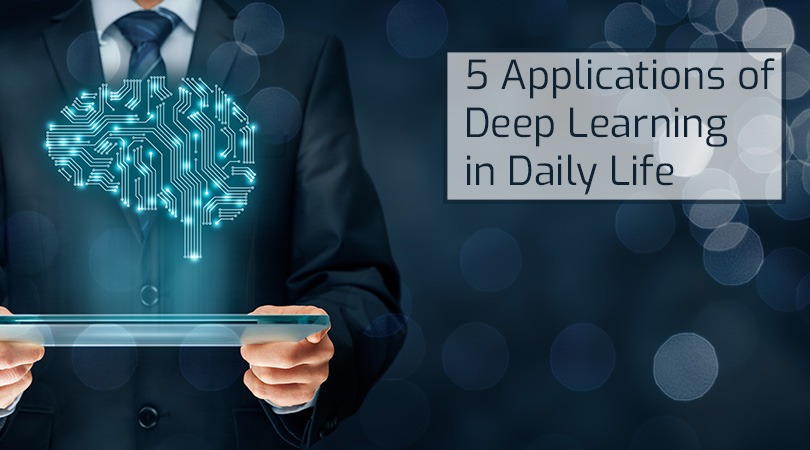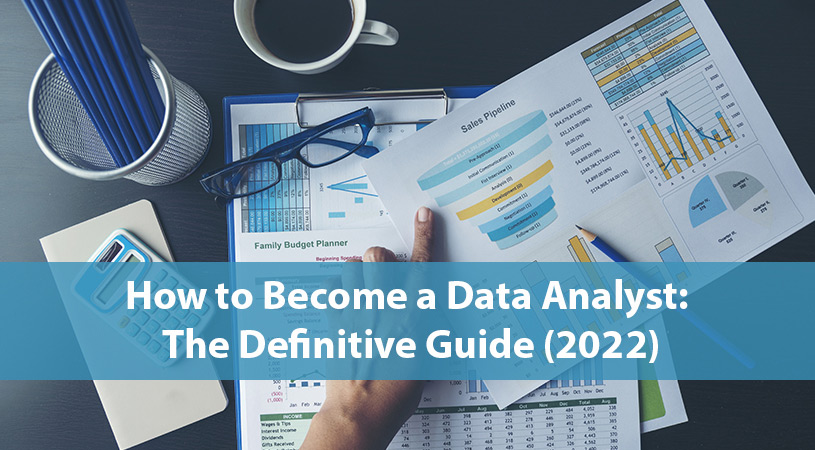Deep Learning, a buzz in the artificial intelligence field, is the subset of machine learning. It teaches computers to learn from examples in order to perform a task that is intuitive to humans. It is also known as a deep neural network or deep neural learning.
In deep learning, neural networks have a significant role. These are a set of algorithms that we implement to identify relevant relationships in datasets, and they follow the process that imitates the human brain. Neural networks depict the behavior of the human brain and enable computer algorithms to identify trends. It also solves complex problems in the domain of machine learning, AI, and data science.
Deep learning deploys artificial neural networks to recognize the hidden patterns of data in the dataset provided. These algorithms are trained over an adequate amount of time and applied to a data set.
Deep learning uses artificial neural networks (ANN) to find the hidden patterns. These patterns are the connection between various variables present in a dataset.
ANN algorithms are trained over a high volume of sample data and then applied to a new dataset. Such algorithms stimulate the way for information processing and communicate experiences similar to the biological nervous system.
Deep learning has become a part of our everyday lives: from search engines to self-driving cars that demand high computational power.
Let’s have a quick look at some of the use cases of Deep Learning :
1. Self-driving Cars
“Self-driving cars are the natural extension of active safety and obviously something we should do”. -Elon Musk.
One of the fascinating technologies, self-driving cars, are designed using deep neural networks at a high level, where these cars use machine learning algorithms. They detect objects around the car, the distance between the car and other vehicles, the footway location, identify traffic signals, determine the driver's condition, etc.
For example, Tesla is the most reliable brand that brings automated, self-driving cars in the market.
2. Sentiment Analysis
Sentiment analysis is the process of understanding/ analyzing customer sentiments through natural language processing, text analysis, and statistics. A company tries to understand the customers' sentiments based on what people say and how they are stating it to understand what the customers feel about that company. They can also classify the statements as positive, negative, or neutral impressions. Specifically, companies can find customers' sentiments in the form of tweets, comments, reviews, etc.
A company accumulates these sentiments in structured or unstructured format, from various sources like Twitter, Facebook, etc. Structured data is organized data and straightforward to analyze. It can be in the form of a survey, customer feedback, conversation, call center data, etc.
Unstructured data are the datasets that a company/individual does not own. They are simply the information that are collected from external sources or independent sources. Eg : Data of Covid-19 patients collected by independent sources.
Deep learning is ideal for sentiment analysis, sentiment classification, opinion/ assessment mining, analyzing emotions, and many more.
3. Virtual Assistant
There is plenty of usage of virtual personal assistants. They only act or perform what you tell them to do. For example, personal assistants are significantly convenient in chatbots, online training websites, online training instructors, commuting apps, etc.
Their main applications are speech recognition, speech to text recognition, and vice versa with natural language processing. Such examples include Siri, Cortana, Amazon Alexa, Google Assistant, Google Home, etc.
4. Social Media
Twitter deploys deep learning algorithms to enhance their product. They access and analyze a lot of data by the deep neural network to learn over time about the possibilities of user preferences.
Instagram uses deep learning to avoid cyberbullying, erasing annoying comments.
Facebook uses deep learning to recommend pages, friends, products, etc. Moreover, facebook uses the ANN algorithm for facial recognition that makes perfect tagging plausible.
5. Healthcare
Deep learning is the swift-augmenting trend in healthcare. For example, wearable sensors and devices that use patient data for providing real-time information about patient conditions such as overall health condition, blood sugar level, blood pressure, heartbeat counts, and various other measurements use deep learning.
Medical bodies can access this information to examine the health condition of individual patients. And also derive patterns from a patient's prior medical data, and anticipate the occurrence of any syndrome in the future.
This technology also helps medical experts analyze data and recognize trends that accelerate enhanced medical diagnoses and patient care.
Besides, deep learning is also useful in pharmaceutical and medical companies for various purposes such as convenient diagnosis, image segmentation. For example, the conventional neural network (CNN) is usable for analyzing images like MRI results, X-rays, etc.
Conclusion
The extensive deployment of big data, computational power, and deep neural network architecture has improved the conventional statistical models to predict optimized knowledge.
Instead of so many used examples in daily life, many users still do not realize the significance of deep learning applications in improving their day-to-day life.
In the present time, more and more organizations are adopting the breakthroughs of big data and advanced technologies such as artificial intelligence, machine learning, IoT, etc., to remain competitive in the respective industries. Besides that, learn more popular applications of machine learning in daily life.











